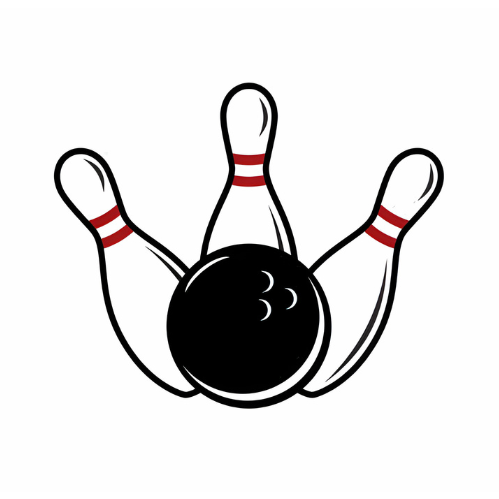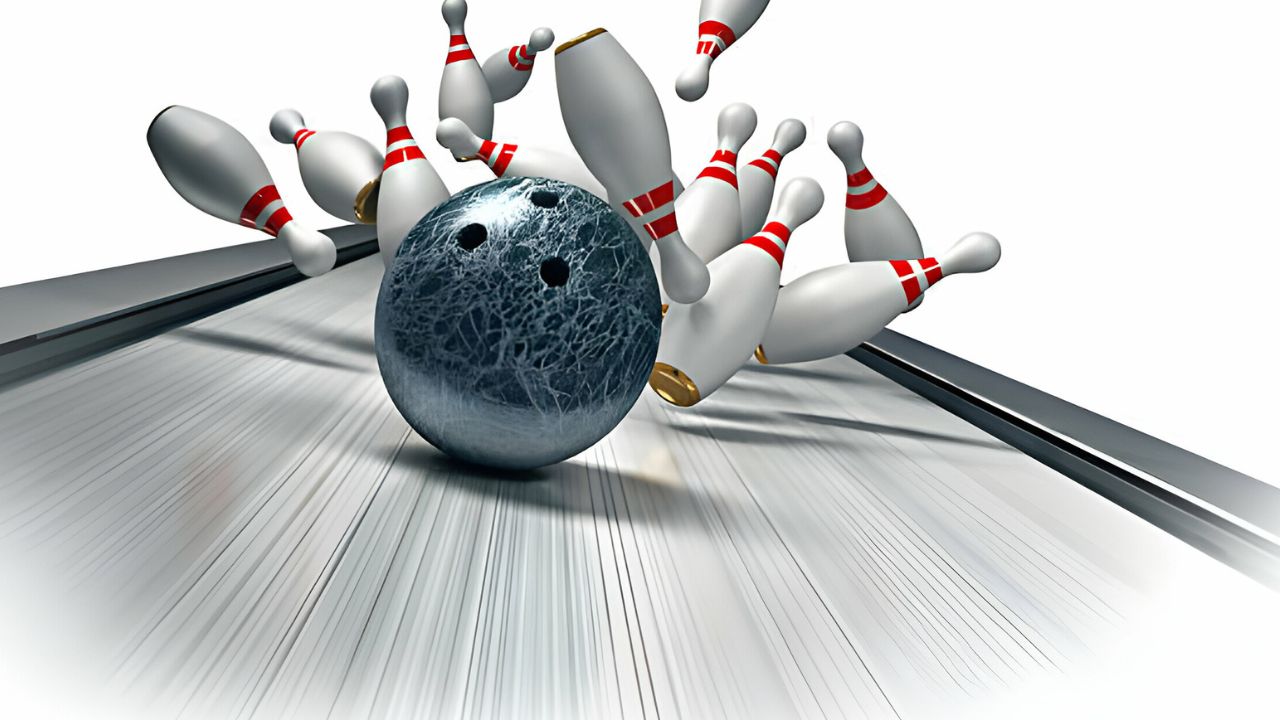As of my knowledge cutoff in early 2023, the Storm Spectre and all weights of the Storm Phaze 4, the Roto Grip Rubicon UC3, and the Hammer Black Widow Ghost were banned by the United States Bowling Congress (USBC) due to non-compliance with hardness specifications. The Storm Spectre ban was eventually lifted after re-testing.
Engaging with the world of competitive bowling entails adhering to equipment regulations set forth by the United States Bowling Congress (USBC). One key aspect that bowlers must pay attention to is the legality of their bowling balls. Over the years, select models have been banned for not meeting specific performance standards, such as hardness requirements.
For players and enthusiasts alike, staying informed about these bans is crucial to ensure that all equipment used in tournaments and leagues is compliant. This list is not exhaustive, and it’s essential to check the latest USBC updates for any changes in the status of bowling equipment.
The Strike Stops Here
Various factors lead to a bowling ball ban. The main issues are related to the ball’s core and coverstock. Non-compliance with standard performance is a key concern. Illicit substances may taint the coverstock. Weight distribution anomalies can also prompt a ban. Manufacturers sometimes break standards unintentionally.
| Bowling Ball | Reason for Ban | Impact |
|---|---|---|
| Rogue Rollers Edition | Illegal core shape | Disqualified from competitions |
| Strike King V2 | Non-compliant coverstock material | Recall and refund provided |
| Pace Breaker Elite | Excess weight distribution | Production ceased |

Credit: www.bowlersmart.com
Bowling Ball Ban: The Inside Scoop
Bowling ball bans often stir controversy within the bowling community. The regulations are stringent, leading to disqualifications of particular models. Several manufacturers have felt the impact, including industry giants like Storm, Hammer, and Brunswick. Specific models such as the Hammer Black Widow and Storm Code Red have been pulled from official play.
The bans hinge on a ball’s internal make-up and surface properties. These factors can affect the integrity of the sport. Balls that absorb too much oil or cause unusual pin action can lead to an unfair advantage. Regulatory bodies conduct thorough tests to ensure all balls meet standard playing conditions. Those not passing these tests join the list of banned equipment.
Navigating The No-roll Zone
Professional bowlers face challenges with banned bowling balls. They must quickly find legal alternatives that retain their performance level. Skilled players invest time in testing new equipment to ensure their game remains strong. It’s crucial for them to stay updated with the latest league regulations to avoid penalties.
Leagues and associations play a key role in maintaining the integrity of the sport. They enforce equipment bans and ensure players follow the rules. Regular updates and clear communication from these bodies help professionals to adapt smoothly. Players rely on these organizations for guidance on compliant bowling ball options.
From Ban To Buyback: Manufacturers’ Responses
Manufacturers have swiftly responded to the ban on certain bowling balls. Customers impacted by the ban are offered compensation and replacement options. These efforts aim to maintain trust and ensure satisfaction.
| Manufacturer | Compensation | Replacement Policy |
|---|---|---|
| Company A | Full refund | New model exchange |
| Company B | Store credit | Upgrade to premium line |
| Company C | Partial refund | Custom-fit option |
After the ban, design innovation has surged. Manufacturers are creating balls with legal specs and better performance. Upgraded models feature new materials and technology. These advances promise to enhance the sport beyond previous limits.
The Future Of Bowling Ball Regulations
Bowling ball manufacturers are always innovating to meet regulations. Recent trends indicate a shift towards materials that enhance performance while complying with strict rules. Emerging technologies are pushing the boundaries of traditional bowling ball design.
New standards may soon reshape the list of approved bowling balls. Producers must adapt to these changes to stay competitive. As a result, players will see advanced bowling balls with compliant characteristics hit the market.

Credit: www.bowlersmart.com
Conclusion
Choosing the right bowling ball is crucial for adherence to regulations and peak performance. This comprehensive list offers clarity on which balls are no longer permitted in official play. As you continue to bowl and compete, always stay updated with the latest equipment guidelines to ensure your gear meets all current standards.
Make informed decisions, and may your strikes be plentiful!

